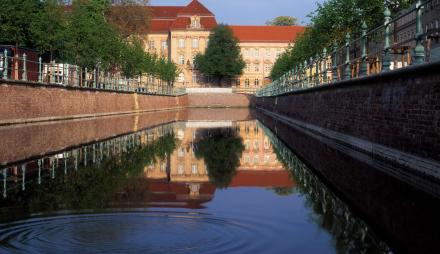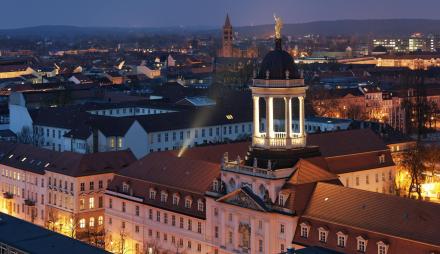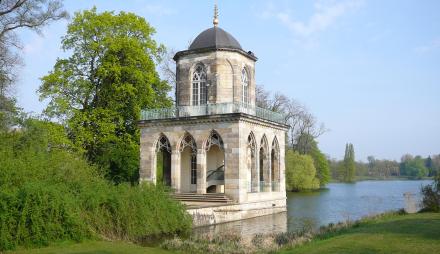The Bornstedt Cemetery is located directly behind the village church. Theodor Fontane introduces this perhaps most famous Potsdam cemetery by noting that "what dies in Sanssouci" is also buried in Bornstedt. He was referring to the numerous generals, officers, chamberlains, valets, privy councillors, court physicians, court architects, and especially the court gardeners in battalions. Fontane also described and experienced the old cemetery as having a friendly character reminiscent of an orchard.
In addition to the only "Tall Man," Heinrich Wilhelm Wagenführer, a grenadier of the King of Prussia’s royal guard battalion, the cemetery is the final resting place of several notable figures, including Kurt von Plettenberg, the only resistance fighter from the July 20, 1944, plot who received a proper burial, and Ludwig Justi, the longtime director of the Berlin National Gallery. On the private cemetery of the Sello family, notable figures such as the famous landscape gardener Peter Joseph Lenné, and the architects Friedrich Ludwig Persius and Ferdinand von Arnim are also buried.
Address
Bornstedter Friedhof
Ribbeckstraße 40
14469 Potsdam
Germany





